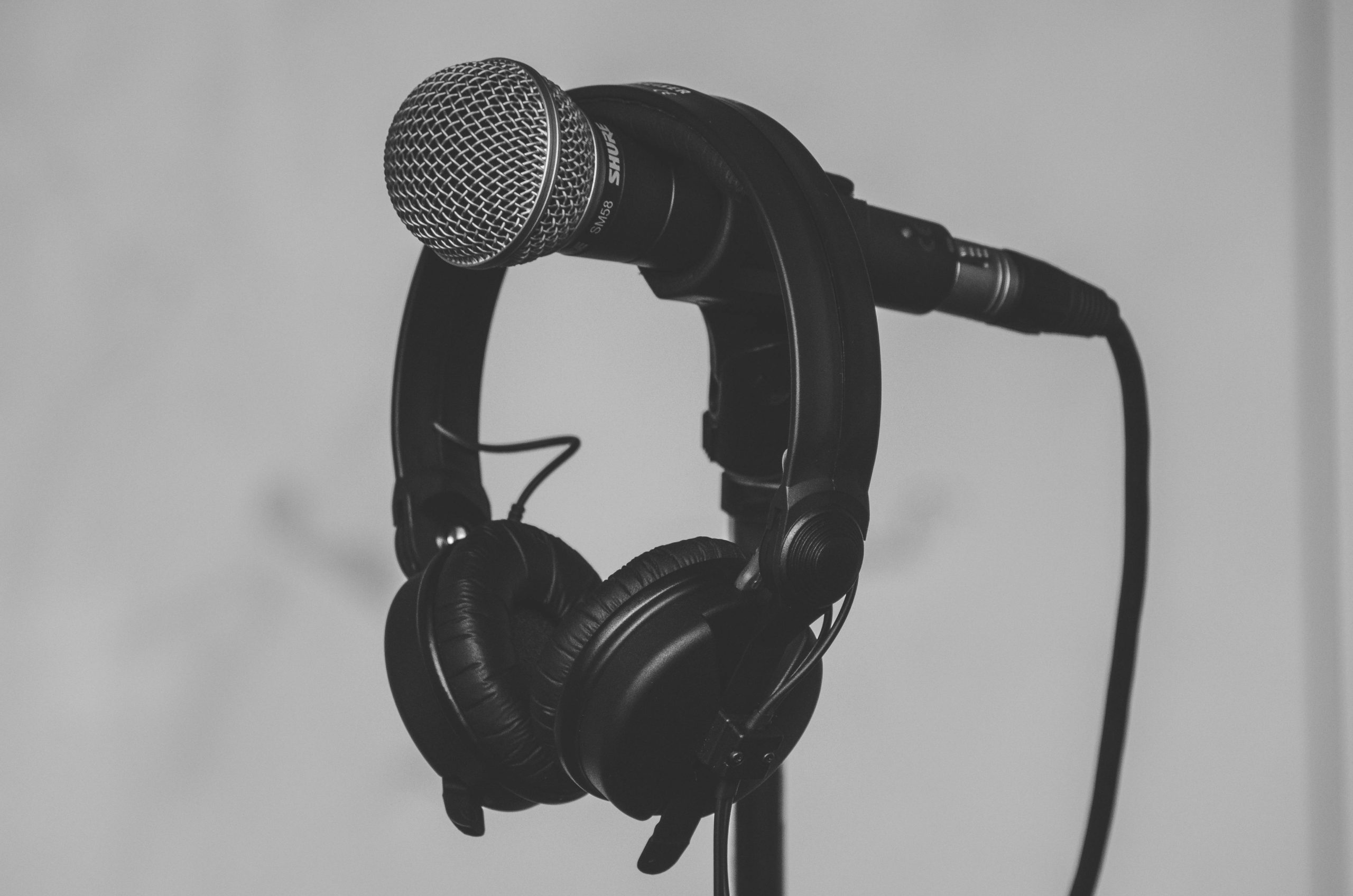What Happens When an AI Song Goes Viral? Ownership and Rights Explained

When AI Music Goes Viral, Who Owns It?
AI-generated songs are no longer niche. With platforms like Udio and Suno, anyone can prompt a viral hit in minutes. But when one of those tracks explodes—racking up streams, remixes, or sync deals—an uncomfortable question comes up fast: who actually owns it? Without a human composer or traditional rights structure, things get murky.
The problem is, our current copyright and royalty systems were never built to handle content made by machines. That leaves creators, platforms, and rights holders scrambling for answers when an AI-made song suddenly attracts real money and real attention.
Virality Without Attribution
AI tracks can blow up on TikTok, YouTube Shorts, or Spotify playlists without anyone knowing they weren’t human-made. In some cases, users don’t even add credits or proper metadata when uploading. That makes it difficult—if not impossible—for platforms or PROs to assign royalties accurately. Worse, if the AI was trained on copyrighted material, the song might contain traces of someone else’s work, without permission.
This kind of virality without transparency leads to rights disputes, takedown requests, and stalled payments. It’s a legal minefield waiting to detonate.
What Happens When Labels Get Involved?
If an AI-generated song mimics a known artist or style, major labels may step in to protect their brand. Some have already started using AI detection tools to track synthetic soundalikes. And if the viral track appears to infringe on existing copyrights—even unintentionally—it could be pulled, monetized by someone else, or trigger a lawsuit.
Without clear attribution or usage rights, platforms hosting these viral songs are also at risk. Monetization gets frozen, creators get blocked, and the industry gets another reminder that synthetic audio needs better guardrails.
How Detection Tools Can Help
Platforms like aimusicdetection.com are helping address this chaos. They analyze tracks to identify AI generation, origin clues, and metadata red flags, before the music goes live. Detection doesn’t just prevent fraud; it protects creators and listeners by ensuring transparency.
As virality becomes increasingly AI-driven, these tools are essential for platforms, sync libraries, and distributors to stay compliant and avoid royalty disputes.
Conclusion
AI music is moving faster than the rules around it. When a viral hit isn’t made by a human—or doesn’t come with rights info—everyone is exposed to legal and financial risk. Until stronger frameworks exist, creators should think twice before uploading AI-made tracks without attribution. And platforms should lean on detection technology to catch issues early. Virality is exciting—but ownership nightmares are very real in the age of AI music.
